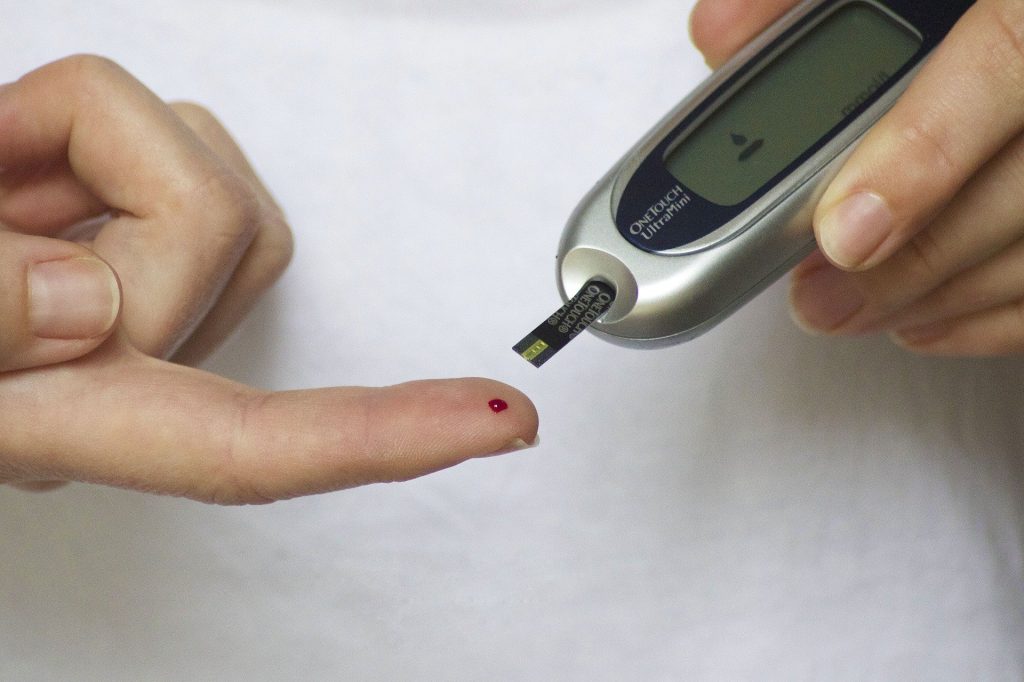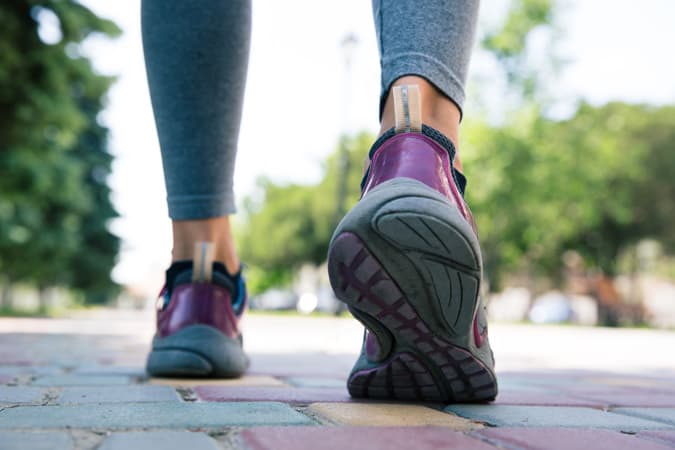Time constraint breakfast might improve blood sugar levels.
When someone restricts their daily meals to the first 6 to 8 hours of the day, this practise is known as early time-restricted feeding.
This eating behaviour may help stabilise variations in blood glucose levels and reduce the chance of developing prediabetes, according to research.
According to experts, one reason early time-restricted feeding is successful is because it enables people to engage in physical activity even after they have completed eating for the day.

The blood glucose variations can be improved by early time-restricted eating (TRE). This is supported by a study that was presented today at the annual conference of the Endocrine Society.
Researchers indicate that this type of intermittent fasting can lessen the amount of time that blood glucose levels are above normal levels in their findings, which have not yet been published in a peer-reviewed journal.
According to a press release from Dr. Joanne Bruno, a study author and endocrinology fellow at NYU Langone Health in New York, “our research shows that just one week of following this diet strategy reduces fluctuations in blood sugar levels and reduces the time that the blood sugar is elevated above normal levels.”
This indicates that early time-restricted meals may be a useful strategy for people with prediabetes or obesity to maintain their blood sugars in a normal range and stop them from developing type 2 diabetes, she continued.
How prediabetes eating schedules were examined?
A type of eating called early time-restricted feeding limits meals to just the first six to eight hours of the day.
The researchers created a study in which they contrasted early time-restricted eating with a typical diet pattern to investigate the effects of this approach of dieting on blood glucose levels.
Ten participants with prediabetes or obesity were randomly assigned to the regular eating pattern group, where they consumed 50% of their calories after 4 p.m., or the early time-restricted feeding group, where they consumed 80% of their calories before 1 p.m.
After following this diet for 7 days, they switched to the other strategy for the following week.
Throughout the whole research, individuals wore continuous glucose monitors. Additionally, they had tests of their glucose tolerance before the trial started, as well as on days 7 and 14.
The subjects’ weight remained constant during the whole two-week study, according to the researchers. When compared to the regular eating pattern, the early time-restricted feeding method of eating resulted in a lower amount of time spent over the normal blood glucose range.
Dr. Bruno explained that eating the majority of calories earlier in the day shortens the duration that blood sugar is raised and enhances metabolic health.
If early time-restricted feeding could be utilised as a successful intervention technique for preventing obesity, the experts suggested more research is required.
Time-restricted eating advantages
The study’s results, according to Dr. Pouya Shafipour, a family and obesity medicine specialist at Providence Saint John’s Health Centre in California, are not unexpected and corroborate his own advice to patients.
Since 2015, I have advocated for time-restricted eating. I also began using it myself. According to studies, time-restricted meals and prolonged fasting can improve insulin sensitivity and lower blood sugar levels. Thus, it either puts the body into or increases the state of ketosis that we enter in the evening. So in a sense, ketosis improves blood sugar control by reducing highs and lows, peaks and valleys in blood sugar. Family and obesity physician Dr. Pouya Shafipour
One type of intermittent feeding is early time-restricted feeding. Other examples include the 5:2 diet, which calls for eating regularly five days a week but consuming only 500 to 600 calories on two of those days.
The 16:8 diet is an additional strategy that calls for 16 hours of fasting and 8 hours of eating.
Advantages of eating breakfast
Dr. Marilyn Tan, an endocrinologist at Stanford University in California, claims that having time to exercise after eating may be an advantage of consuming the majority of calories earlier in the day.
We consume the majority of our calories during dinnertime, at least in America. We frequently eat our largest meal of the day at that time, then sit down in front of the TV or computer to watch something, before going to bed and sleeping for eight hours. Therefore, after that, we really don’t have a chance to exercise and increase our insulin sensitivity, she explained.
We don’t fully understand how moving that time-restricted feeding to earlier in the day improves metabolic benefit. The fact that humans are more active throughout the day is one possibility, though. Therefore, she continued, “If people are moving about more and engaging in greater physical activity soon after eating, that may improve the glycemic response”.
This study indicates that a considerable effect may not only result from a time restriction but also from the timing of that restriction. There hasn’t been a significant randomized trial, but there have been other studies looking at this and suggesting that exercising early in the day offers additional metabolic advantages, doctor of endocrinology Marilyn Tan said
Time-restricted eating can be advantageous for cardio-metabolic health, but it should only be carried out under a doctor’s supervision, according to Dr. Anne Peters, an endocrinologist at Keck Medicine of USC in California.
Advice for eating well
When it comes to dieting, the Centres for Disease Control and Prevention (CDC) advises finding a strategy that can be adhered to for life.
A smart place to begin is with a plan that emphasises healthy eating and is also something that can be maintained.
The CDC offers 12 recommendations for eating well. They involve planning ahead for periods of the day when snacking can be alluring, including right after a long day at the office.
Time-restricted eating is one of the simplest diets to follow, especially for people who are busy, according to Tan’s clients.
Because you’re not as focused on the meal content, per se, as you are on the timing, many of my patients find this to be one of the most maintainable diets, she said. “And honestly, time-restricted feeding works out better for those who are busy since you don’t have to think about your meals throughout the day. Many patients actually discover that having this small window of time to eat is far easier and more enduring than adhering to many highly strict diets.”
Tan continued, “You don’t have to concentrate so much on the macronutrient breakdown of the food. “Although a ketogenic diet, for example, may be quite helpful in the short term at helping people lose a lot of weight, maintaining that kind of diet over the long run is very challenging. Whereas with time-restricted eating, all you’re actually doing is changing when you eat. For long-term safety, I don’t see any pressing issue as long as you talk to your doctor about when to take your medications and how much to take before starting a diet.”
REFERENCES:
- https://www.healthline.com/health-news/how-eating-only-in-the-daytime-can-help-people-with-type-2-diabetes
- https://www.medicalnewstoday.com/articles/early-time-restricted-eating-improve-blood-sugar-levels-slow-prediabetes
- https://www.nature.com/articles/s41591-023-02287-7
For Diabetes medications that have been suggested by doctors worldwide are available here https://mygenericpharmacy.com/index.php?therapy=13

